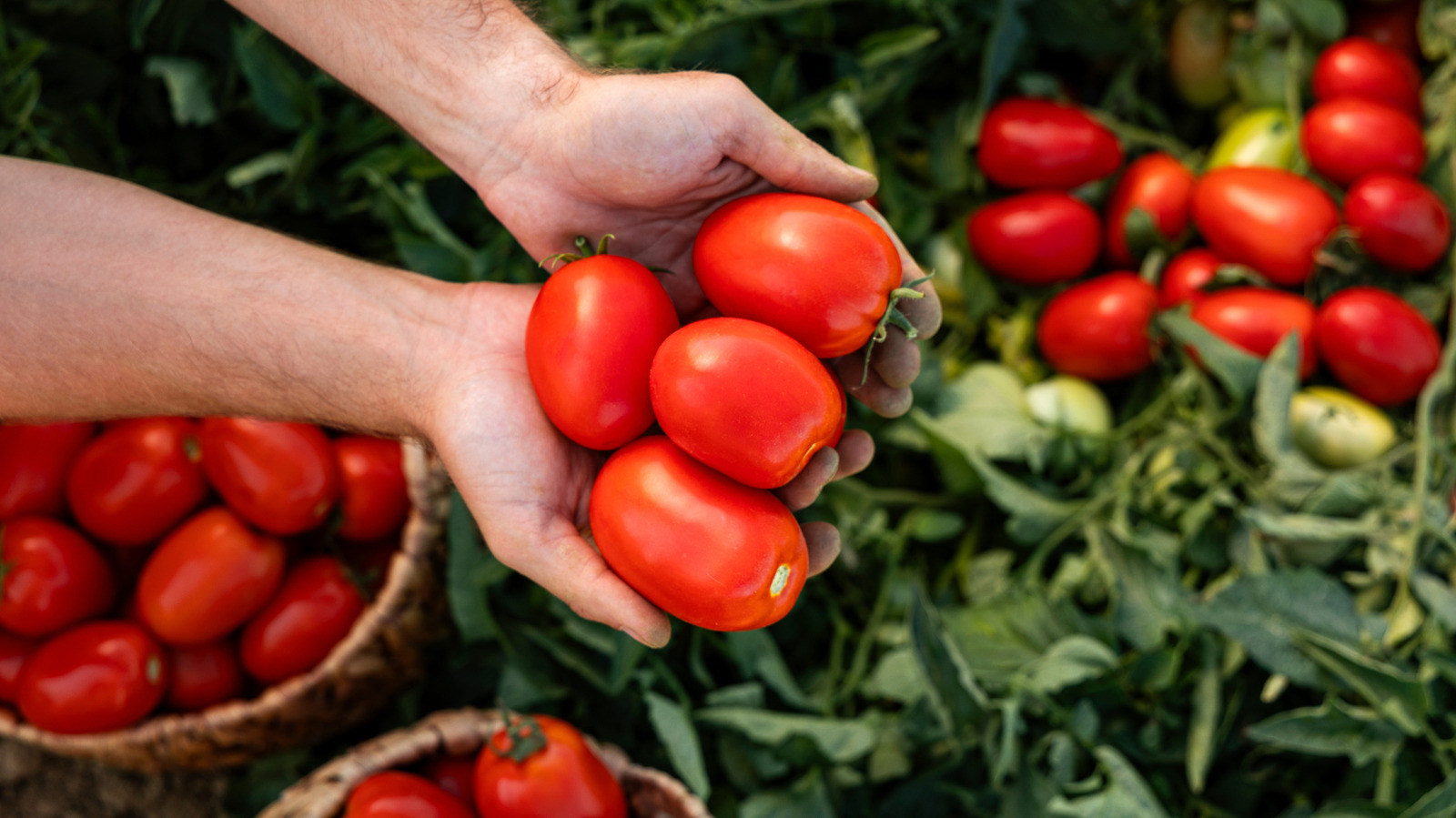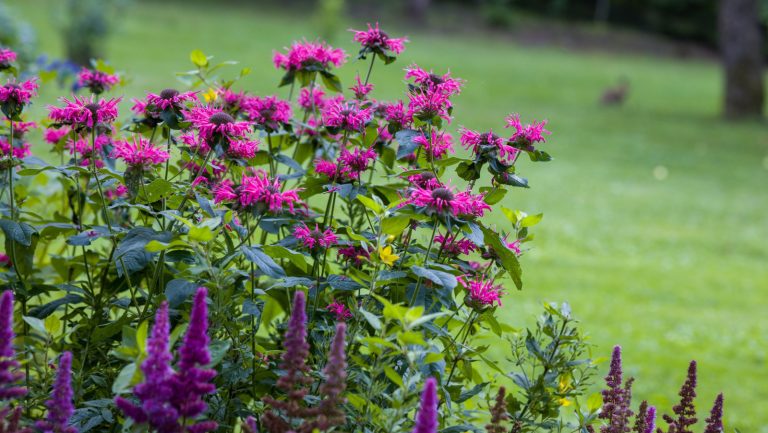
Renowned Texas singer-songwriter Guy Clark once famously sang about the two things that money can’t buy: true love and homegrown tomatoes. Tomatoes hold a special place in backyard gardens, whether they grow on tall vines or short bushes. Advice on growing tomatoes can spark intense discussions among vegetable garden enthusiasts.
One hot topic is the use of natural fertilizers. Can banana peels help produce bigger, better-tasting tomatoes? Will the nutrients in banana peels enhance yield? These questions are important. While we can’t confirm Guy Clark’s theory, we can explore whether using banana peels as fertilizer for tomato plants is beneficial.
Banana peels contain essential nutrients like calcium, phosphorus, and potassium, which are crucial for cell development, root growth, blooming, and disease resistance in tomatoes. Adding banana peels to your compost can provide a healthy boost to your tomato plants as they grow. However, tomatoes need a variety of nutrients beyond these three, so banana peels alone are not a complete fertilizer, but rather a helpful supplement. To grow healthy tomatoes, you also need soil rich in microbes and diverse organic matter.
How do we know if banana peels are the answer?
According to anecdotal evidence from gardeners, banana peels are beneficial for tomatoes. They may not be harmful, but how effective are they? Scientific studies have evaluated the impact of banana peels on tomato plants. A 2021 study in the Arab Universities Journal of Agricultural Sciences found no difference between tomatoes grown with banana and orange peel powder and those grown with commercial organic fertilizer. A balanced organic fertilizer, including banana peels, can offer many benefits to tomato plants.
While banana peels may not be a miracle solution for perfect tomatoes, they can play a significant role in producing healthy plants. A balanced compost that includes banana peels can provide essential nutrients like calcium, potassium, and phosphorus. Composting banana peels can help cultivate healthy soil microbes and organic matter. However, relying solely on banana peels may not result in an abundant tomato harvest.
How to use banana peels in your garden
To use banana peels as plant food, there are several effective methods. One approach is to mulch banana peels with other organic materials from your kitchen or yard and apply the mixture to your garden. This way, you can benefit from both the banana peels and the other components of the mulch. If you prefer organic gardening, use organically grown bananas to ensure that no chemicals from pesticides or fertilizers are introduced.
Some gardeners make banana peel tea by soaking the peels in water and then using the tea around their tomato plants. Others dry and grind the peels or bury them near the plants. However, using banana peels in these ways may attract pests. Tomatoes are often called “love apples,” and our love for homegrown tomatoes continues to drive us to discover better cultivation methods. While banana peels can aid in tomato growth, they are not a standalone solution.






